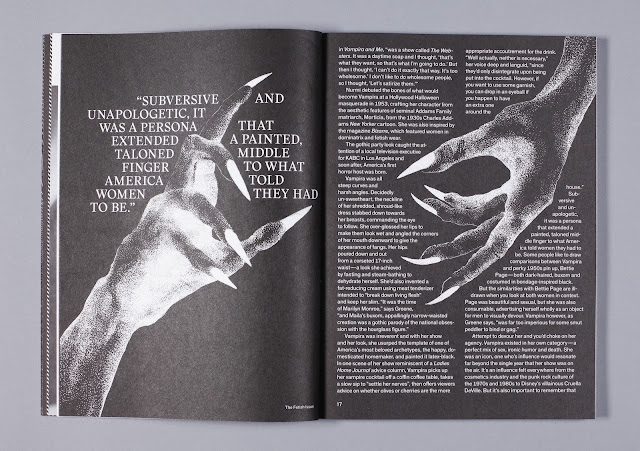On Industry
1. Developing methodologies as a student
2. How does that feed into commercial practice
3. Prepping for industry (some thoughts)
Developing methodologies as a student
The both did Masters at Royal College of Art in London.
They developed a methodology where they both collaborate together straight off the bat.
This started with a collaboration for a poster at College, where they cut up letters out of acetate and arranged a typographic poster together for an event called 'Typographic Singularity'.
During their masters, they did work for anyone and anything they could get their hands on, simply for experimentation/practice and to exercise their style.
After Graduation, they went straight from College into a studio space, which they felt they needed straight away to be able to motivate themselves and take opening their studio seriously.They emailed studios/clients informing them that they have opened a new studios, and saying that they are looking for work opportunities.
How that feeds into commercial practice
One of the jobs they got were from a client which came to their Graduation show, then saw some press about them online, and decided to contact them about a job. This was one of the most direct ways they got work. The publication was called 'Informa'.
They used a process where they physically had to add paint into a printer, and the paint gradually mixed together as they printed 1000 copies. The printer they used was in Lithuania. This process in a way became an identity for the project, and they will soon be doing another publication using the same process.
Another way they got a job was through a guy that they had both previously done creative writing for. After opening their studio, and sending out emails to loads of people, that guy got back to them about some work. This was a more of a 'who you know'/networking/connections way to get work.
One more client they got was through their Jazz posters they had done during college. Someone who had seen them in the student café, contacted them after finding out they had opened a studio and asked to do an illustration piece for the British Council.
They had to do a collaboration with an illustrator, however she was a really busy person. So the way they collaborated was that Tom & Kris designed a layout for the poster, handed it over to her, and showed which areas were free for her to draw on. She drew 4 variations of the posters in real life, and they used that imagery for the branding.
Another way they got work was from a tutor they had at College, who worked with a studio but also worked with the Serpentine gallery. When they became RP, and she was asked if she knew any graphic designer, she got them involved to pitch an idea. They did the 'Work Marathon' publication.
One more client was very direct, it was their Royal College of Art in London. They asked their recent graduates to design the branding for their end of year show, and won that in competition with their peers/previous class mates.
Another work they got work was also through one of their old tutors, the one they worked on their very first collaborative 'Typographic Singularity' poster. They went back to do a re-brand of the event. And also from that the tutor then got them onto another project after that. This is also a networking/connections method to getting work.
During their 'pitches', they do not present any work, they just present their idea/concept. They do not design anything until they are on board and to be paid.
Prepping for industry (some thoughts)
Nothing can replace good work. There are no shortcuts.
Don't make a website in a night. Focus on documentation & a strong PDF portfolio first.
Utilise your time in education to make interesting work. Push practice whilst you still can.
Strategize & customise your approach to people. Don't BCC & definitely don't do mass emails.
Go to Stuff! Show you're interested in the field (if you are), meet people & ask questions.

















































